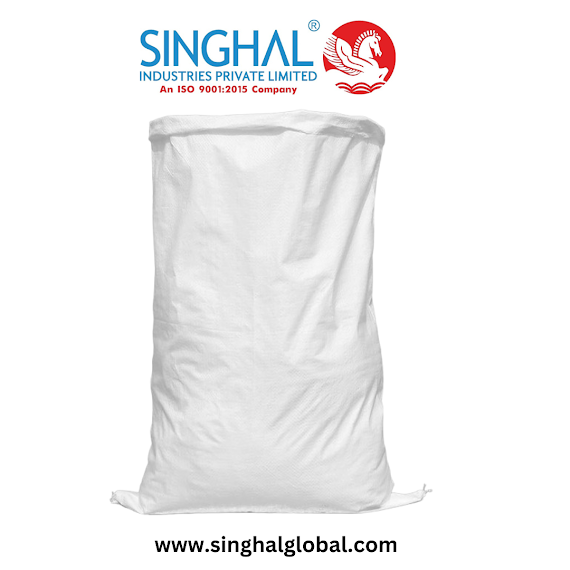Crafting Style: WPC Wall Panels Redefine Interior Expression
The modern architectural landscape is a dynamic realm, constantly evolving with innovative materials and techniques.
The Symphony of Texture and Form
The ability to manipulate texture and form is paramount in interior design. This particular material allows for a remarkable range of surface finishes, from smooth, minimalist planes to intricately embossed patterns that mimic natural wood grain or abstract designs.
Durability Meets Design: A Practical Elegance
Beyond its aesthetic appeal, the practicality of this paneling is a significant factor in its growing popularity. Unlike traditional wood, this engineered composite is resistant to moisture, rot, and insect infestation, making it suitable for a wide range of applications, including kitchens, bathrooms, and even outdoor spaces.
The Environmental Footprint: A Sustainable Choice
In an era of increasing environmental awareness, the sustainability of building materials is a crucial consideration. This particular composite offers a compelling alternative to traditional wood, reducing the demand for virgin timber. The manufacturing process utilizes recycled wood fibers and polymers, minimizing waste and conserving natural resources. Furthermore, the durability of the material extends its lifespan, reducing the need for frequent replacements and minimizing the environmental impact associated with material production and disposal. The material's resistance to moisture and pests eliminates the need for chemical treatments, further reducing its environmental footprint. By choosing this engineered wood, designers and homeowners can contribute to a more sustainable building industry, without compromising on aesthetic appeal or performance. The responsible sourcing and efficient production processes of many Wpc Wall Panels Manufacturers In India exemplify a commitment to ecological balance.
Transforming Commercial Spaces: The Power of Branding
Commercial spaces, such as retail stores, restaurants, and offices, are increasingly using this engineered wood to create distinctive brand identities.
Residential Refinement: Crafting Personal Sanctuaries
In residential settings, this engineered wood is transforming homes into personal sanctuaries, reflecting the unique tastes and lifestyles of their inhabitants. From sleek, minimalist apartments to cozy, rustic cottages, the material adapts to a wide range of architectural styles and interior design themes. The ability to create custom designs allows homeowners to personalize their spaces, expressing their individuality and creating a sense of belonging.
The Art of Installation: Seamless Integration
The installation process for this engineered wood is relatively straightforward, thanks to its lightweight and modular design. The panels can be easily cut, shaped, and fastened to various substrates, including drywall, concrete, and metal. This simplifies the construction process and reduces installation time, minimizing disruption to the occupants. The modular nature of the panels allows for easy replacement or reconfiguration, making it a flexible and adaptable solution for evolving design needs. The seamless integration of the panels creates a clean and polished finish, enhancing the overall aesthetic appeal of the space. Skilled installers can achieve intricate designs and complex patterns with precision and efficiency. The ease of installation contributes to the cost effectiveness of the material, making it an attractive option for both residential and commercial projects.
The Future of Interior Design: A Material Revolution
This engineered wood is more than just a passing trend; it represents a fundamental shift in the way we approach interior design. Its versatility, durability, and sustainability make it a compelling alternative to traditional materials, offering designers and homeowners a new palette for creative expression. As technology advances, we can expect to see further innovations in the manufacturing and application of this composite, expanding its potential and pushing the boundaries of interior design. The integration of smart technologies, such as embedded lighting and sensors, could further enhance the functionality and interactivity of these panels.
Conclusion
The engineered wood paneling discussed, specifically WPC wall panels, is clearly redefining interior expression.
Frequently Asked Questions
Are WPC wall panels waterproof?
Yes, WPC (Wood Plastic Composite) wall panels are highly resistant to moisture, making them suitable for use in damp environments like bathrooms and kitchens. The polymer component of the composite prevents water absorption, ensuring long term durability.
Can WPC wall panels be used outdoors?
Yes, certain types of WPC wall panels are specifically designed for outdoor use. These panels are formulated to withstand exposure to sunlight, rain, and temperature fluctuations. However, it is essential to choose panels that are rated for outdoor applications and follow the manufacturer's installation guidelines.
Are WPC wall panels environmentally friendly?
Yes, WPC wall panels are generally considered to be environmentally friendly. They are often made from recycled wood fibers and plastics, reducing waste and conserving natural resources. Their durability and resistance to pests also eliminate the need for chemical treatments, further minimizing their environmental impact.
How do I clean WPC wall panels?
Cleaning WPC wall panels is relatively simple. A mild soap solution and a soft cloth or sponge are usually sufficient for removing dirt and stains. For more stubborn stains, a gentle scrub with a non abrasive cleaner may be necessary. Avoid using harsh chemicals or abrasive cleaners, as they can damage the surface of the panels.




Comments
Post a Comment